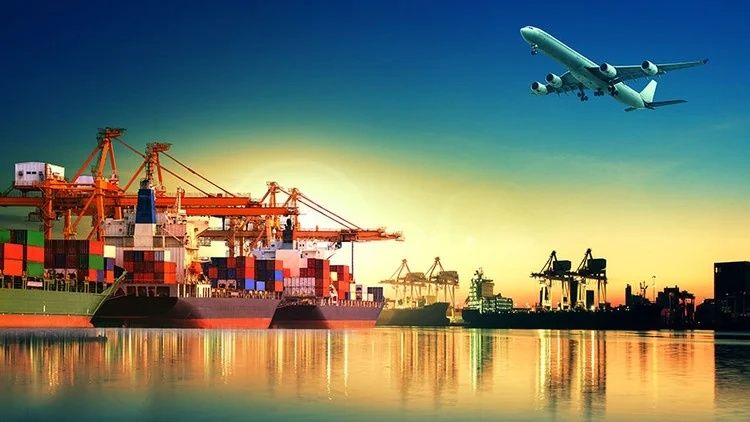Explore Import and Export Business: A Beginner’s Guide with Key Insights
International trade has existed for centuries, connecting nations and shaping economies. The import and export business is the foundation of global commerce, allowing countries to exchange goods and services across borders. Imports bring in products that are unavailable or limited domestically, while exports allow businesses to sell surplus or specialized goods to international markets.
The modern global economy depends heavily on these exchanges. Businesses ranging from small enterprises to multinational corporations participate in importing and exporting. Technological advancements, improved logistics, and digital trade platforms have made cross-border trade more accessible than ever before.
Importance
The import and export sector plays a critical role in driving economic growth and supporting global partnerships. For businesses, it opens doors to new markets, expands customer reach, and diversifies product offerings. For countries, it ensures access to essential goods, boosts GDP, and creates employment opportunities in areas like logistics, manufacturing, and compliance.
This topic matters today because supply chains are becoming more interconnected, and global demand for products is rising. Import and export activities affect:
-
Businesses – Gain access to larger markets and competitive pricing.
-
Consumers – Benefit from greater product variety and improved affordability.
-
Governments – Collect revenue through tariffs and taxes while maintaining trade balances.
At the same time, international trade helps solve challenges like raw material shortages, seasonal product gaps, and reliance on limited domestic markets.
Recent Updates
Over the past year, several developments have influenced the import and export landscape:
-
2024 Supply Chain Shifts: Many countries diversified their suppliers after disruptions caused by earlier global events. Companies in Asia and Europe increased focus on regional trade agreements.
-
Digital Platforms Growth (2024–2025): Cross-border e-commerce platforms expanded, making it easier for small businesses to trade internationally.
-
Sustainability in Trade (2025): Many importers and exporters adopted eco-friendly packaging and carbon tracking measures to align with global climate goals.
-
Trade Agreements: Updates in agreements like the Regional Comprehensive Economic Partnership (RCEP) and the European Union’s trade partnerships shaped tariff reductions and customs procedures.
These changes highlight that businesses entering the import-export sector must stay updated on trends, regulations, and technological tools.
Laws or Policies
Import and export activities are regulated by government policies that differ from country to country. These rules ensure safe trade, protect domestic industries, and regulate financial transactions. Key aspects include:
-
Customs Regulations: Importers and exporters must declare goods, pay duties, and meet documentation requirements.
-
Trade Tariffs: Governments impose tariffs to manage imports and protect local industries.
-
Export Control Laws: Sensitive goods such as defense equipment or high-tech products may require special licenses.
-
International Agreements: Free Trade Agreements (FTAs) reduce trade barriers and encourage international cooperation.
-
Compliance with Standards: Products often need to meet safety, environmental, and quality standards in the destination country.
Understanding and following these rules helps businesses avoid penalties and ensures smooth cross-border trade.
Tools and Resources
A variety of resources make import and export management easier. Beginners can explore the following:
-
Government Portals: Provide guidelines, tariff calculators, and trade statistics.
-
HS Code Lookup Tools: Help classify goods for customs documentation.
-
Trade Finance Platforms: Support secure international payments and reduce risk.
-
Shipping Calculators: Estimate freight costs and timelines for sea, air, and land transport.
-
Trade Information Websites: Offer updates on market trends, rules, and global trade data.
-
Templates: Import/export invoice formats, packing lists, and compliance checklists.
Example Table – Import vs Export Focus
| Aspect | Import Business | Export Business |
|---|---|---|
| Purpose | Bringing products into the country | Selling products to international buyers |
| Key Benefit | Access to goods not produced locally | Expands market reach and sales revenue |
| Challenges | Customs duties, compliance checks | Market entry barriers, currency risk |
| Tools Commonly Used | Import duty calculator, compliance guides | Export license checker, shipping portals |
Using these tools helps beginners navigate complex documentation, regulations, and logistics effectively.
FAQs
What is the first step in starting an import and export business?
The first step is research. Understand the product demand, identify suppliers or buyers, and study regulations for the chosen market.
Do I need special licenses for importing or exporting goods?
Yes, many countries require import-export licenses. Additionally, certain goods may need special permits depending on their category.
How do international payments work in trade?
Payments are usually made through methods like Letters of Credit, wire transfers, or trade finance platforms to ensure security for both buyers and sellers.
What are the risks in import and export?
Risks include currency fluctuations, customs delays, political instability, and compliance issues. These can be reduced with proper planning and reliable partners.
How important are trade agreements?
Trade agreements significantly affect tariffs, documentation, and ease of market entry. They often reduce costs and improve access to foreign markets.
Conclusion
The import and export business remains one of the most dynamic pillars of the global economy. It supports growth, connects businesses with international opportunities, and enhances consumer choices worldwide. While challenges like regulations and risks exist, tools, resources, and updated knowledge make the process manageable for beginners.
By understanding the basics, staying informed on global updates, and following compliance rules, businesses and individuals can explore international trade with greater confidence.
